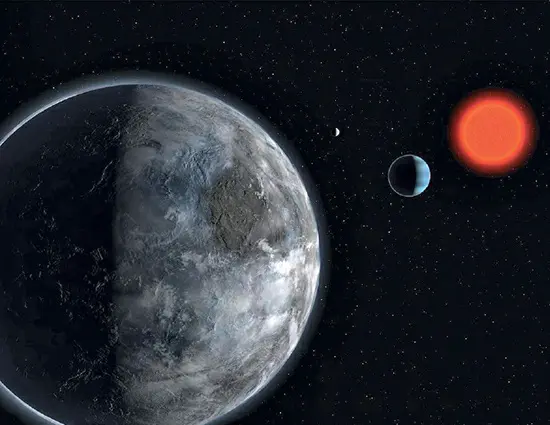The quest to discover planets beyond our solar system, known as exoplanets, has been a captivating journey, with the first detection in 1992 revealing planets orbiting a pulsar. This unexpected discovery spurred astronomers to intensify their search around Sun-like stars, leading to groundbreaking methods and remarkable findings.
The radial velocity method, a pivotal technique, analyzes the Doppler shift in a star’s light spectrum to detect subtle wobbles caused by orbiting planets. This approach led to the landmark discovery of the first exoplanet around a Sun-like star, 51 Pegasi b, in 1995. This gas giant, significantly larger than Jupiter, orbits its star at a remarkably close distance, shedding light on a diverse array of planetary systems.
Subsequent discoveries, greatly aided by the radial velocity method, have identified over 750 planets, many classified as “hot Jupiters” due to their large size and close proximity to their stars. Additionally, the transit method, gravitational lensing, and direct imaging have contributed to the detection of over 3,000 exoplanets, including several Earth-sized worlds, notably around Gliese 581 and TRAPPIST-1.
These discoveries, revealing a cosmos potentially brimming with Earthlike exoplanets, have profound implications for our understanding of the universe and the search for extraterrestrial life. The ongoing exploration of exoplanets continues to expand our cosmic perspective, hinting at the tantalizing possibility of countless other worlds akin to our own.

